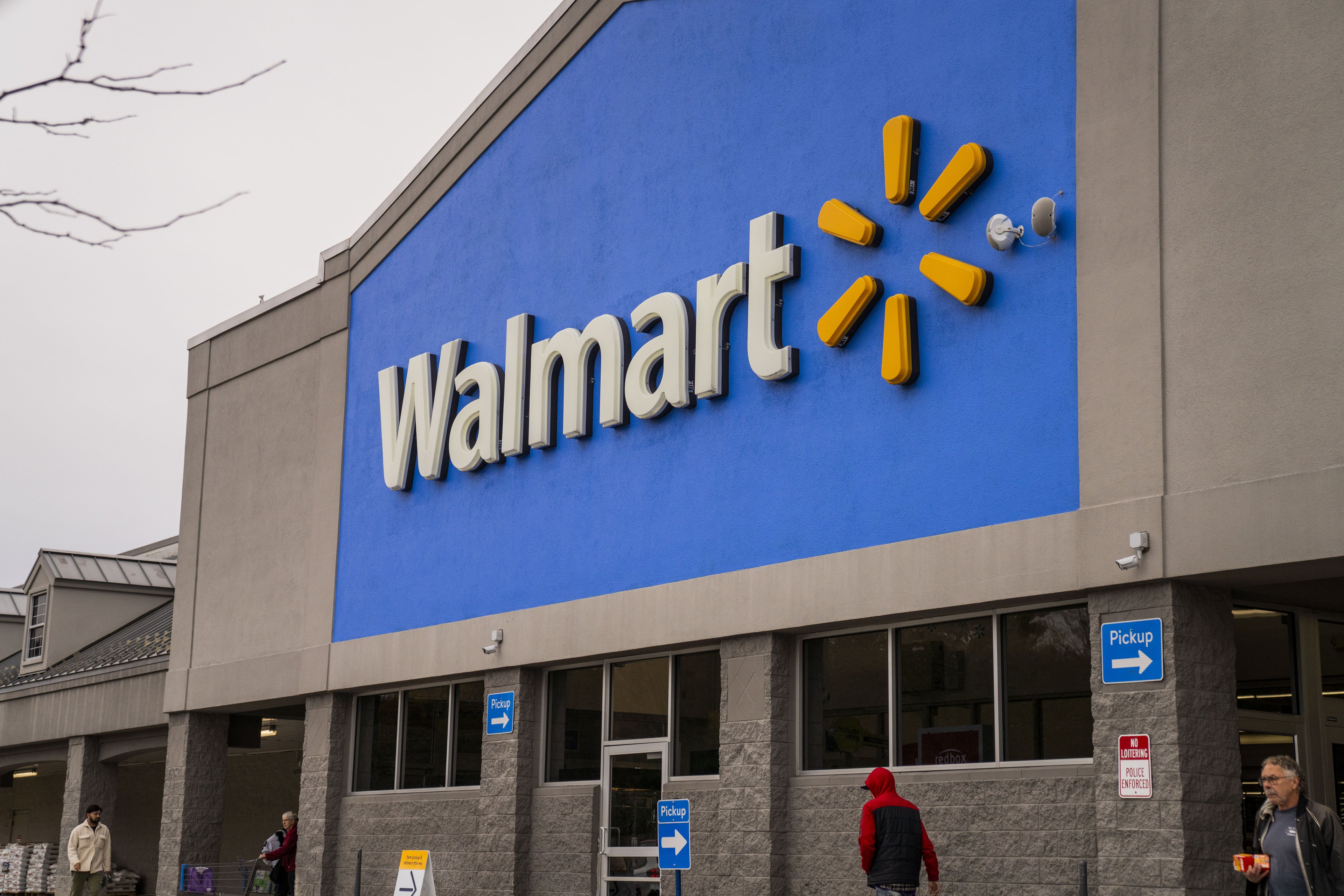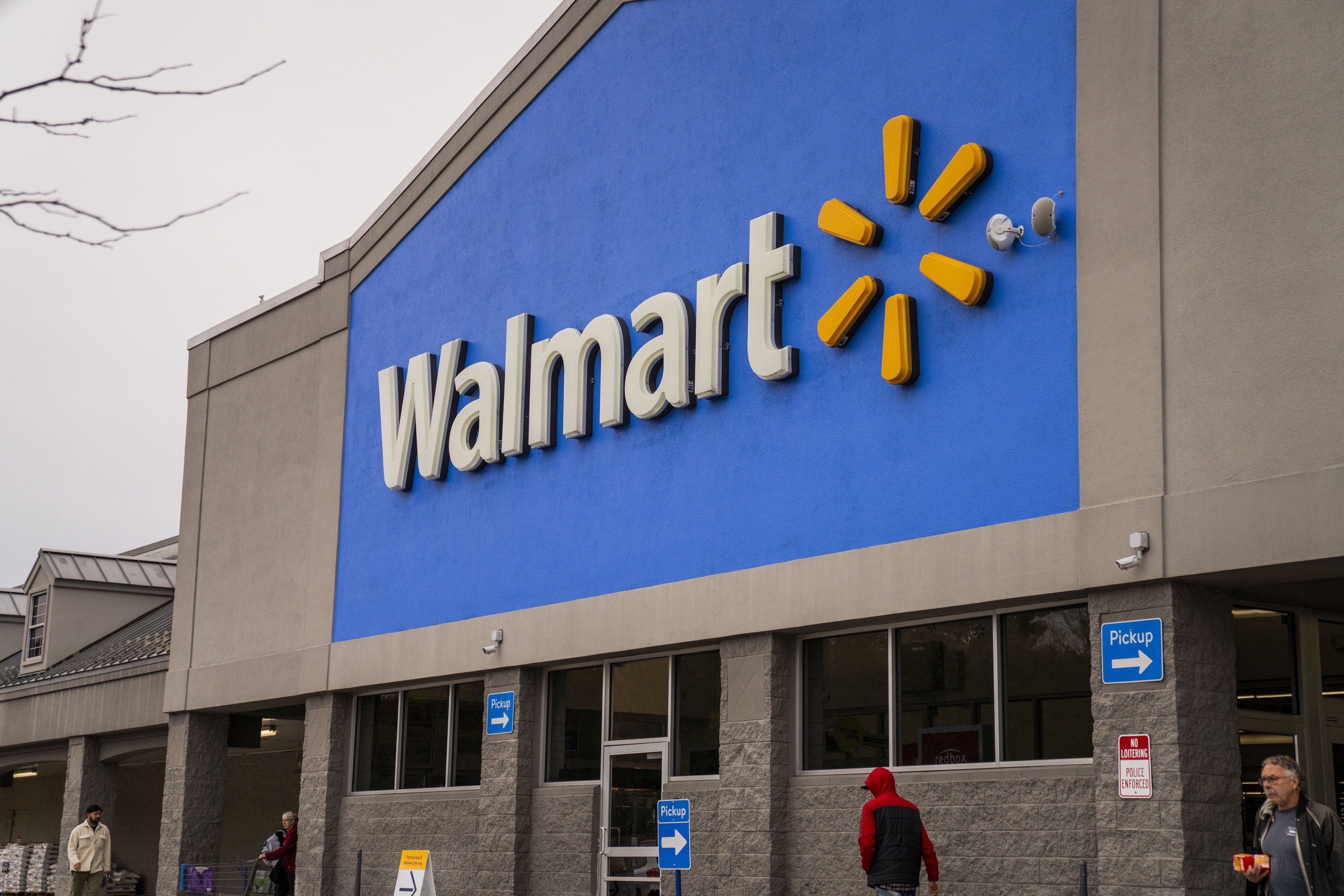Wal-Mart (WMT +0.21%) says that when it comes to its small-format Neighborhood Markets and Express concept stores, it's go big or go home. Because of the success witnessed so far in their testing, the world's largest retailer will be expanding the tiny-footprint stores beyond its original guidance and will double the number of those stores that it will open.

Source: Wal-Mart.
Walmart currently operates 346 Neighborhood Markets and 20 Walmart Express stores. When it provided its capital forecast last October, the retailer envisioned opening 120 to 150 stores, but it now expects to add approximately 270 to 300 small stores during the fiscal year and will spend an additional $600 million on the makeover. It still plans to open 115 new supercenters this year.
After reporting a 21% drop in quarterly earnings due to a 0.4% decline in same-store sales in the U.S., Wal-Mart is finding consumer needs are changing. As management puts it, "[t]hey want to shop when they want and how they want," and more often than not these days, it's at local markets and convenience stores.
The C-store has become the one-stop shop for consumers, and it's not only hitting at behemoth retailers like Wal-Mart, but at fast-food joints like McDonald's and Burger King. The market researchers at Technomic recently found through a survey of 4,000 convenience-store shoppers that 26% ended up not grabbing a bite to eat at their local burger shop because they had already picked up something to eat at 7-Eleven or Wawa.
Convenience stores have enjoyed a substantial run over the past three years. C-store operator Alimentation Couche-Tard, which owns the Circle K chain and is second in size only to 7-Eleven, has tripled shareholder returns over the past three years, while the Stripes chain's Susser Holdings has gained almost 350% in that time frame.
Not everyone, though, has enjoyed the benefits of the consumer's move to C-store convenience, as The Pantry (NASDAQ: PTRY) has delivered negative 8% returns to shareholders in the three-year space, and much worse results over longer periods of time. Yet even as a dissident shareholder group lobbies to change the makeup of the C-store's board, The Pantry reported first-quarter results that, while still poor, reflect a turnaround. It was still reporting losses and lower margins, but merchandise comparables were up 3.5%, and sales per customer rose over 4%. Apparently, a rising tide does lift all boats.
And Wal-Mart is looking to climb aboard. The Neighborhood Market concept is doing at least as well as leading grocers in providing the three essentials consumers seem to be seeking -- groceries, pharmacy, and fuel -- all at a convenient location without having to hail a cab to go from one end of the store to the other. And the even smaller Express units are performing so well that the concept will be expanded beyond its three-market pilot, so that total square footage is expected to grow from its original projection of 19 million-21 million square feet to 21 million-23 million square feet across all formats.
Retail king Wal-Mart rode the supercenter boom all the way up, and now that it's seemingly peaked, it is poised to ride the incredible shrinking store design all the way down.






